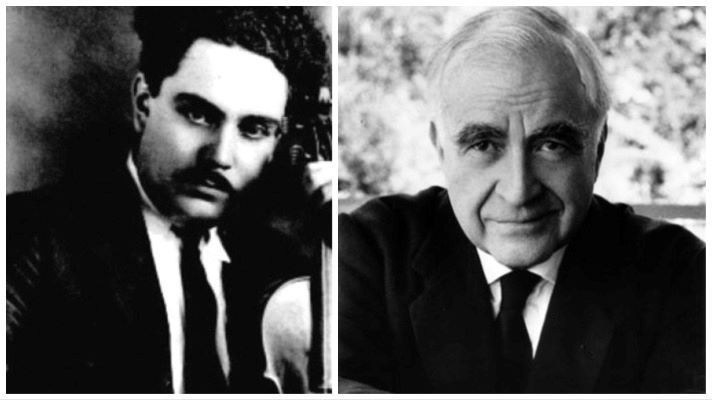The Legend of Musical Showdown: Carlos Chávez vs. Silvestre Revueltas
This article explores the lives and works of Carlos Chávez and Silvestre Revueltas, the two most important Mexican composers of the 20th century. It highlights significant moments and facts, providing readers with valuable insights to better understand and appreciate these great composers.





